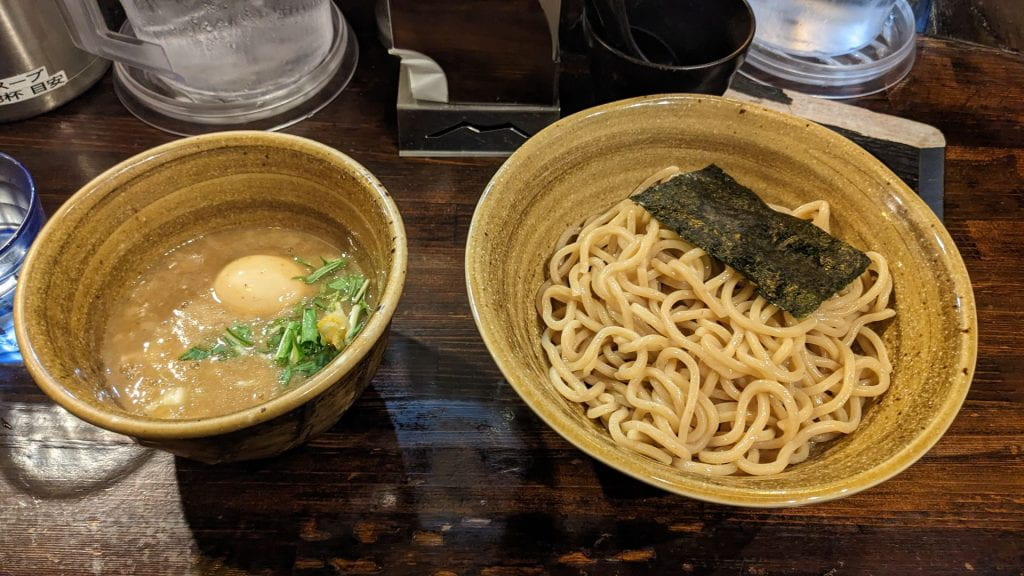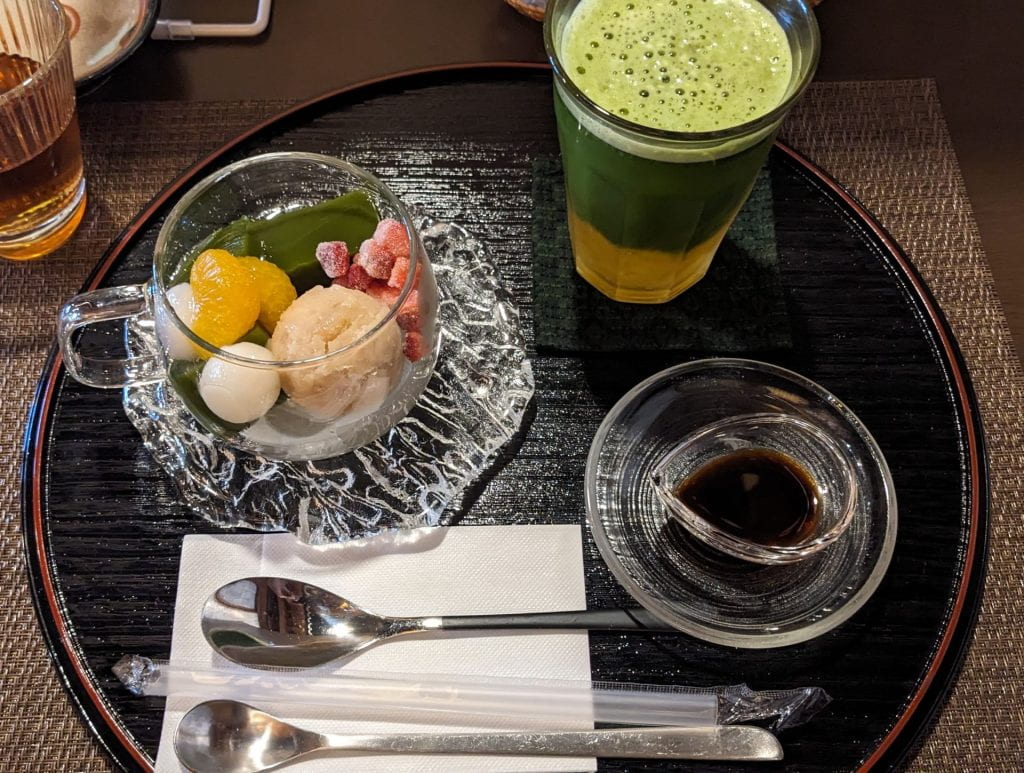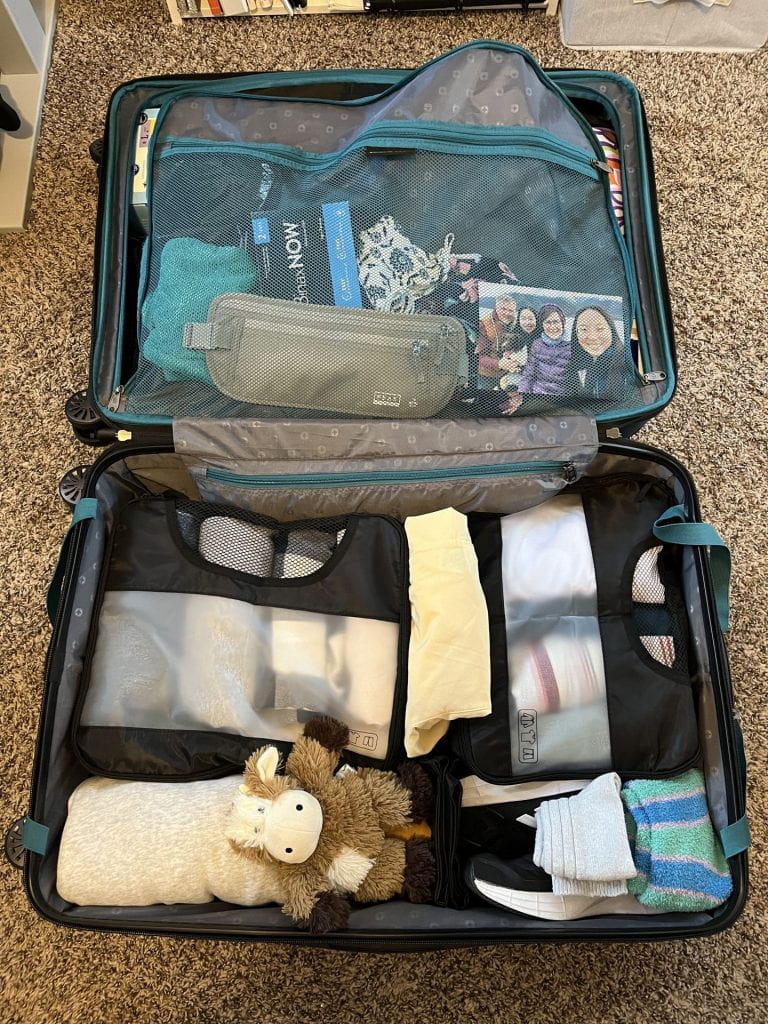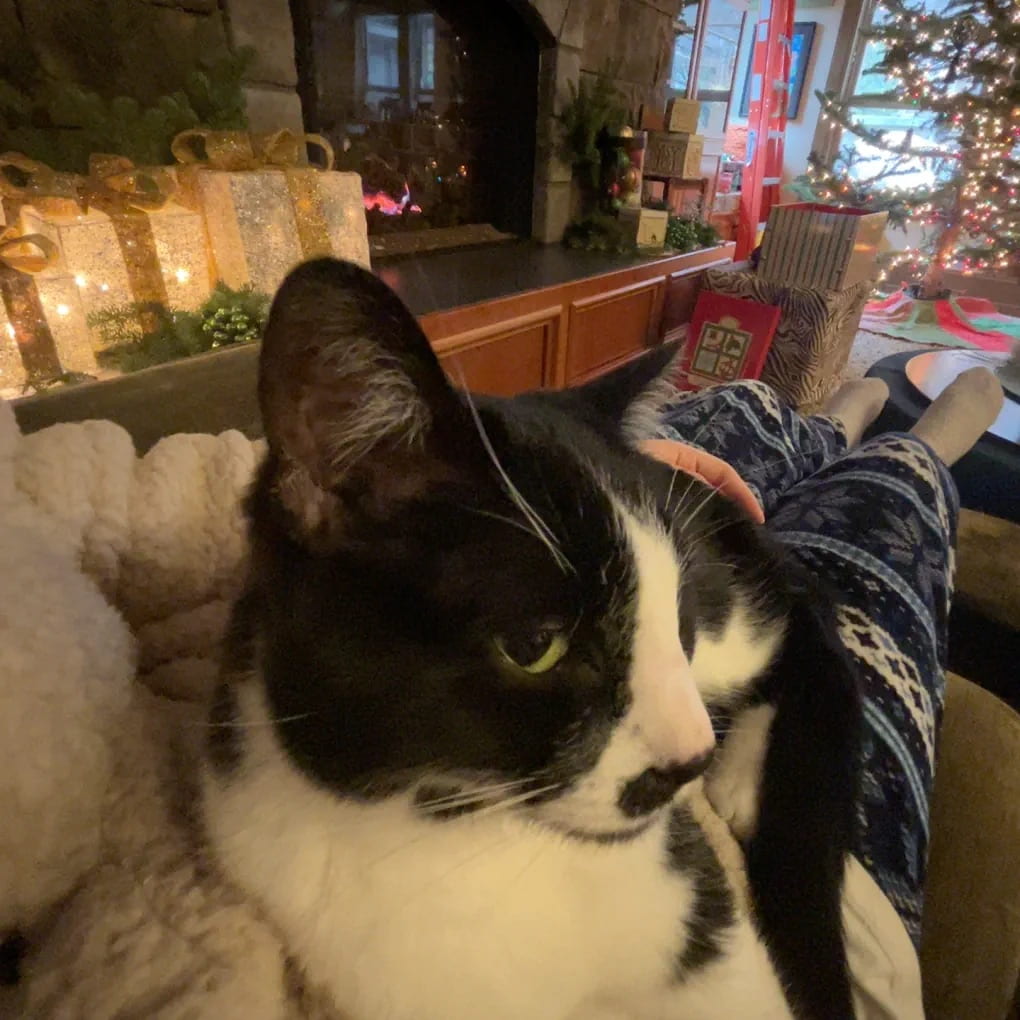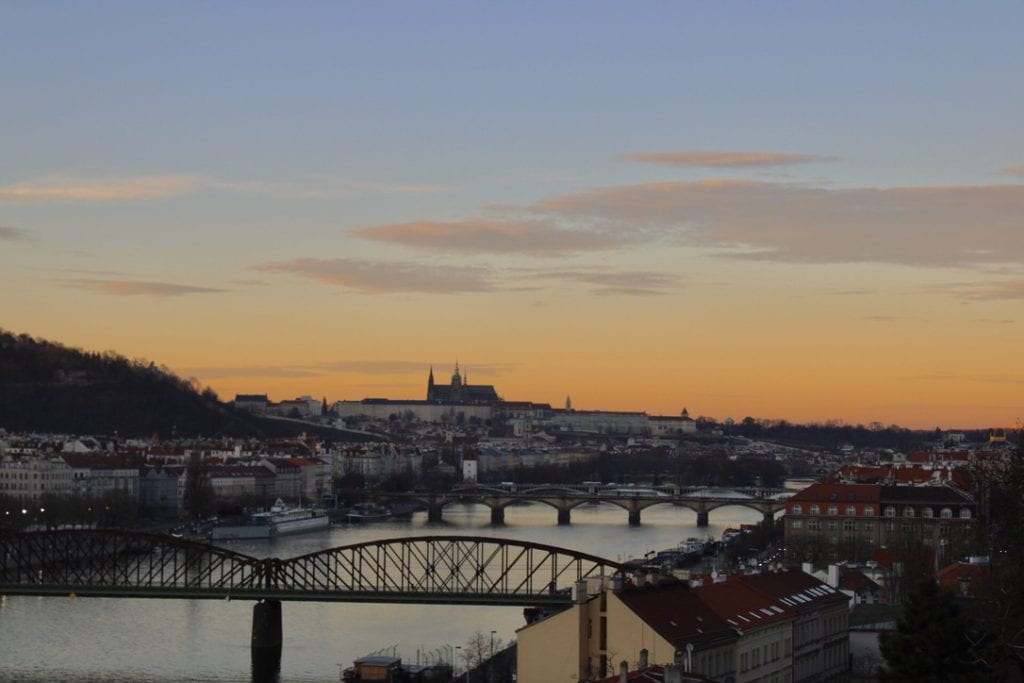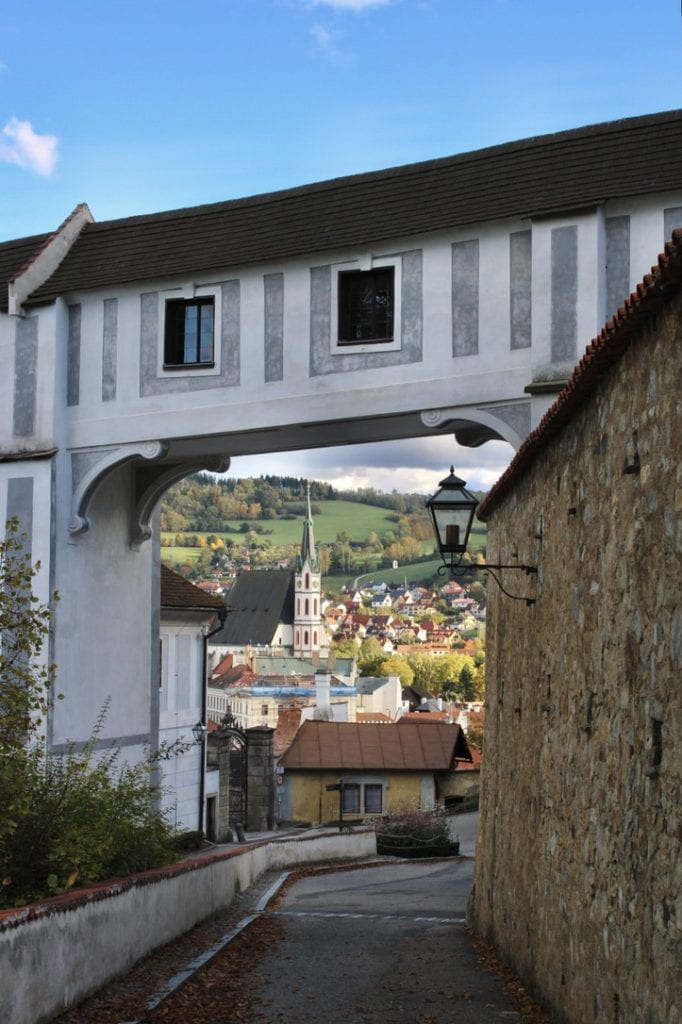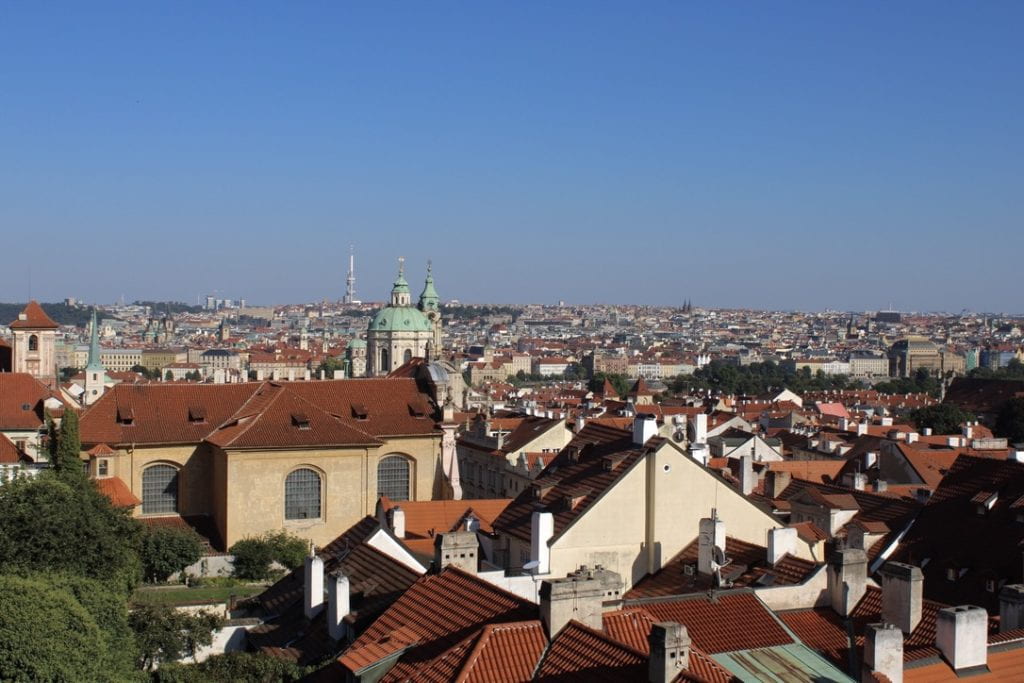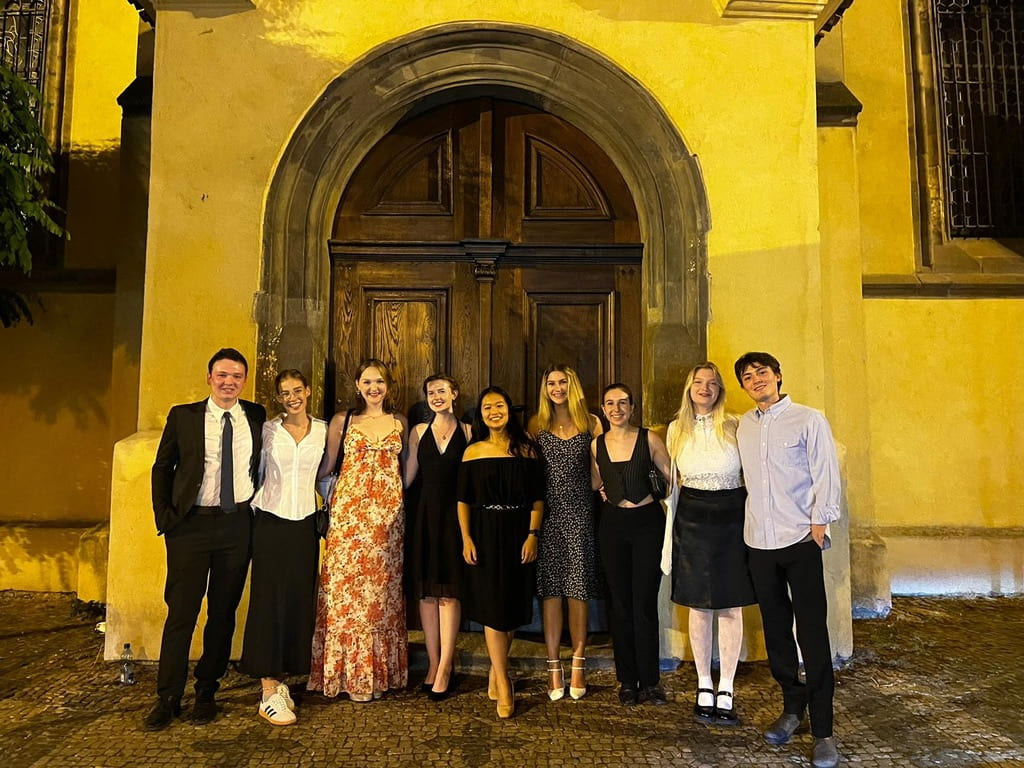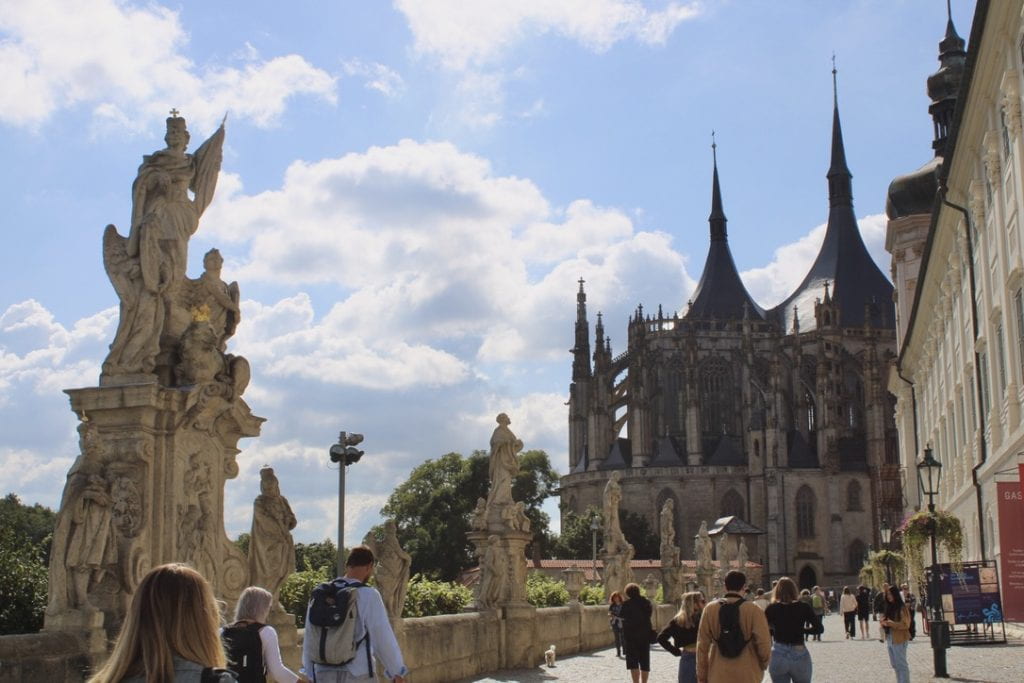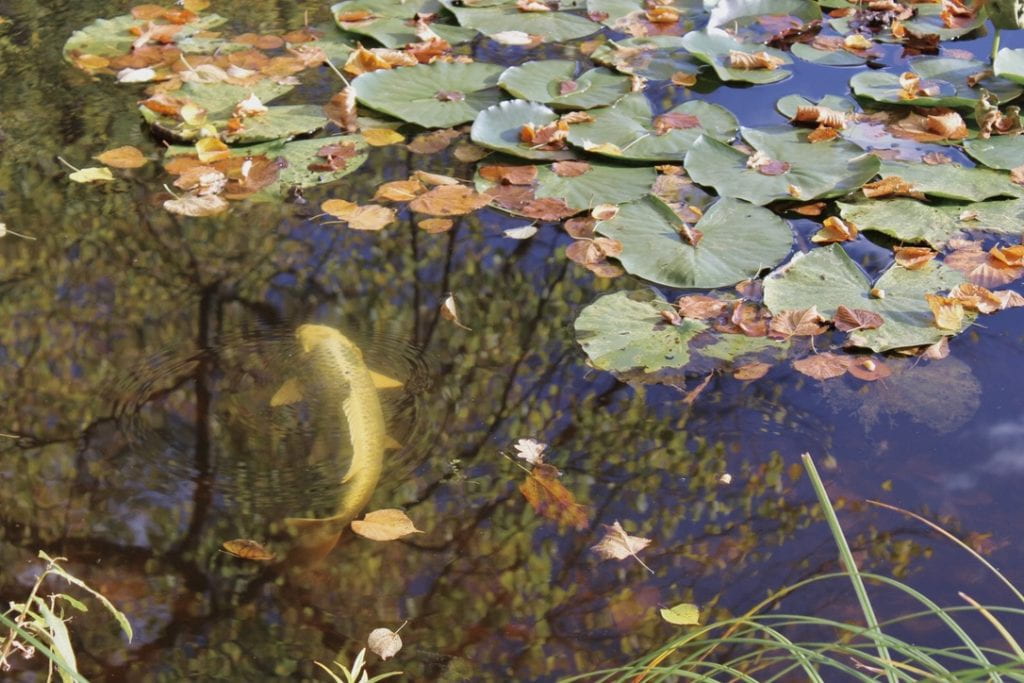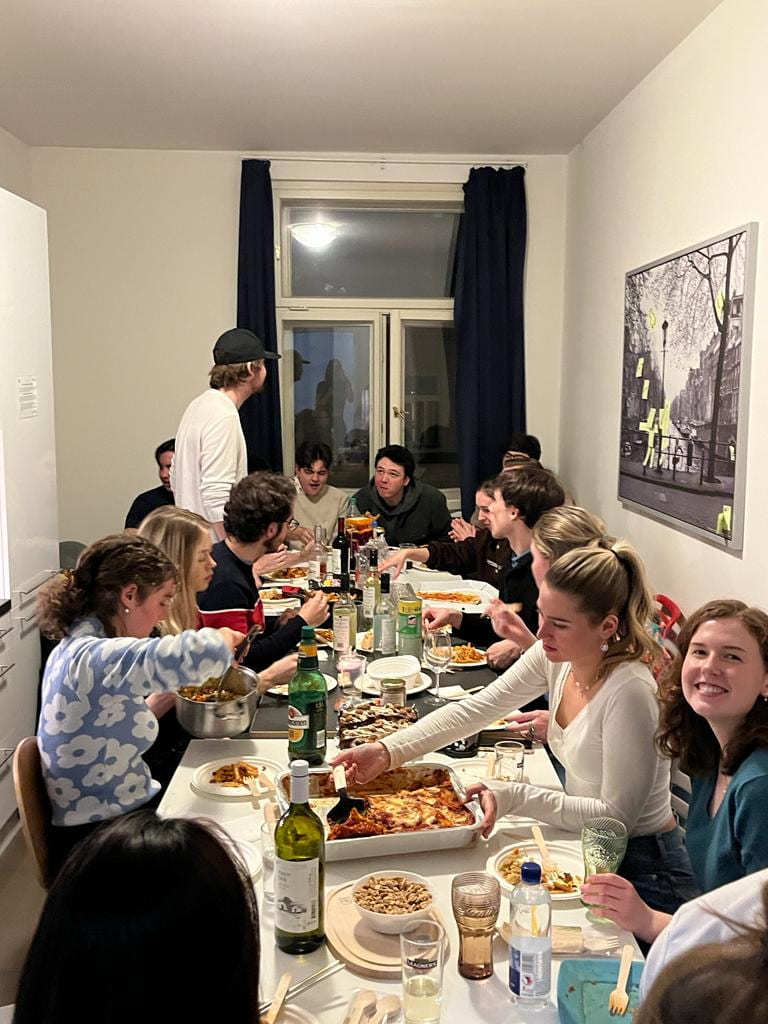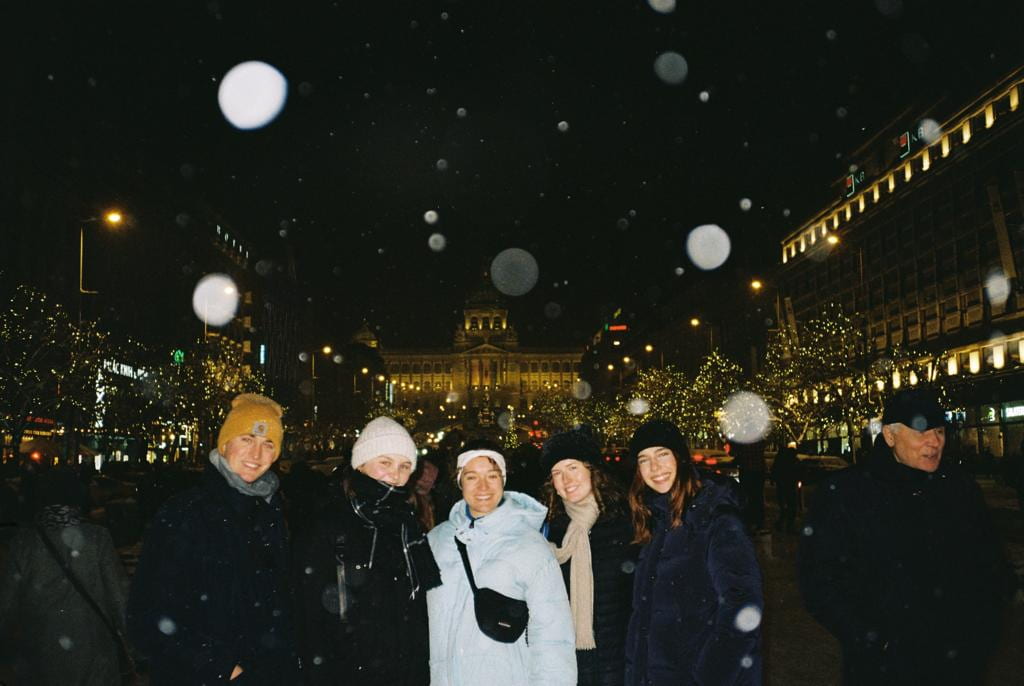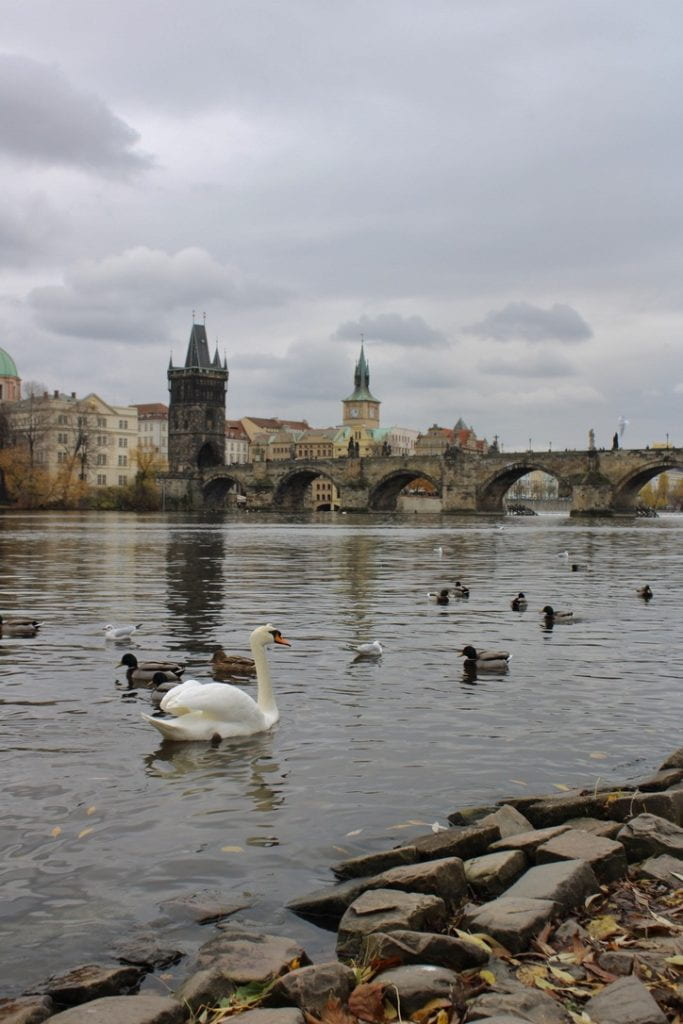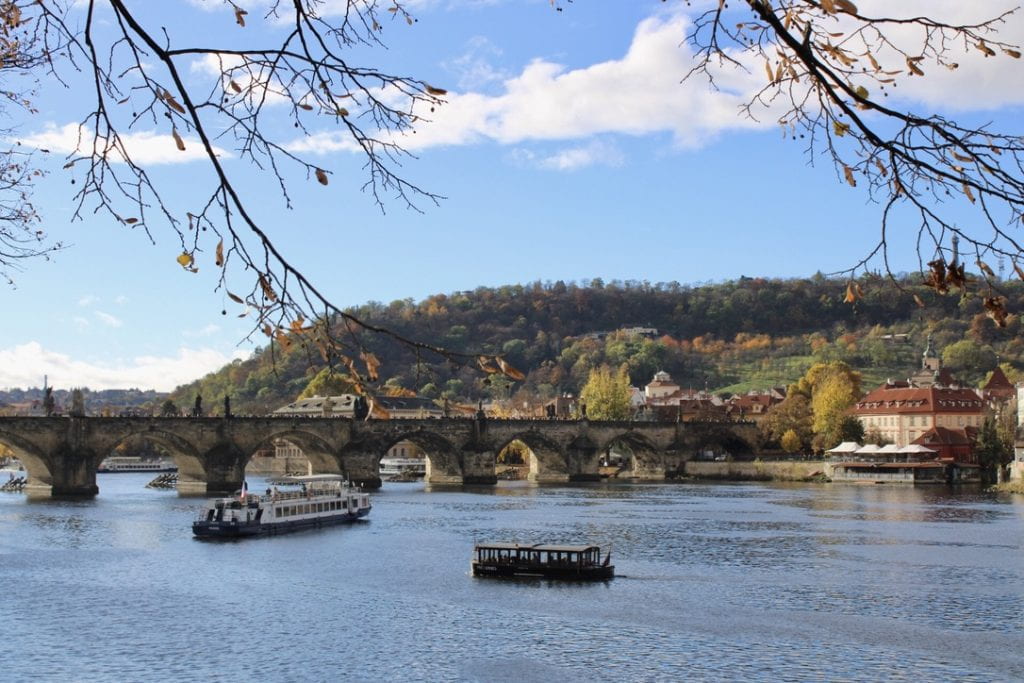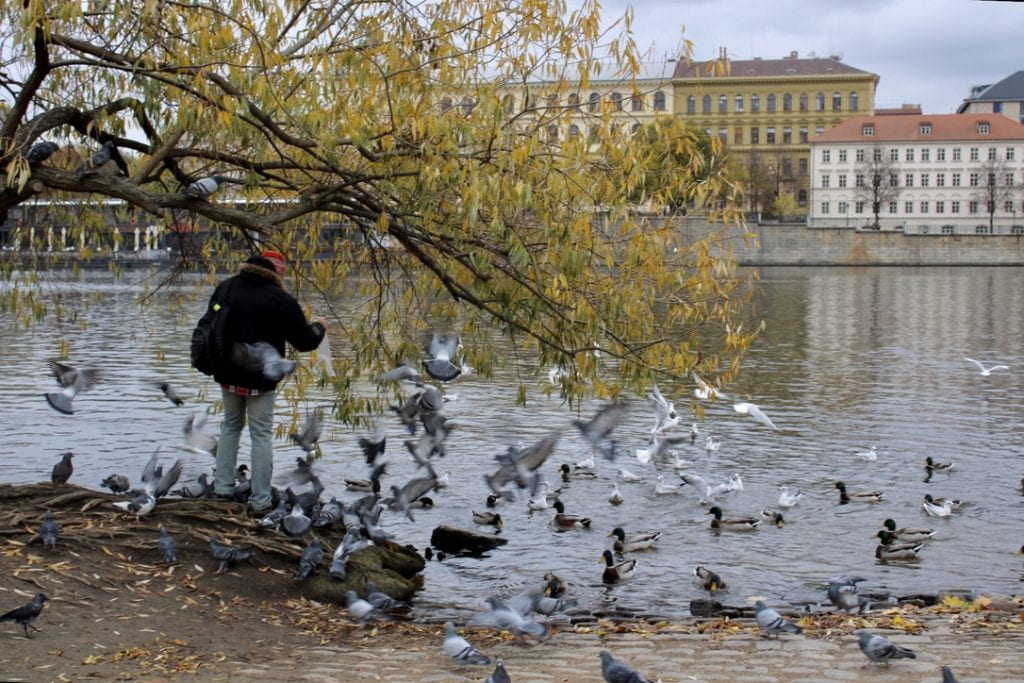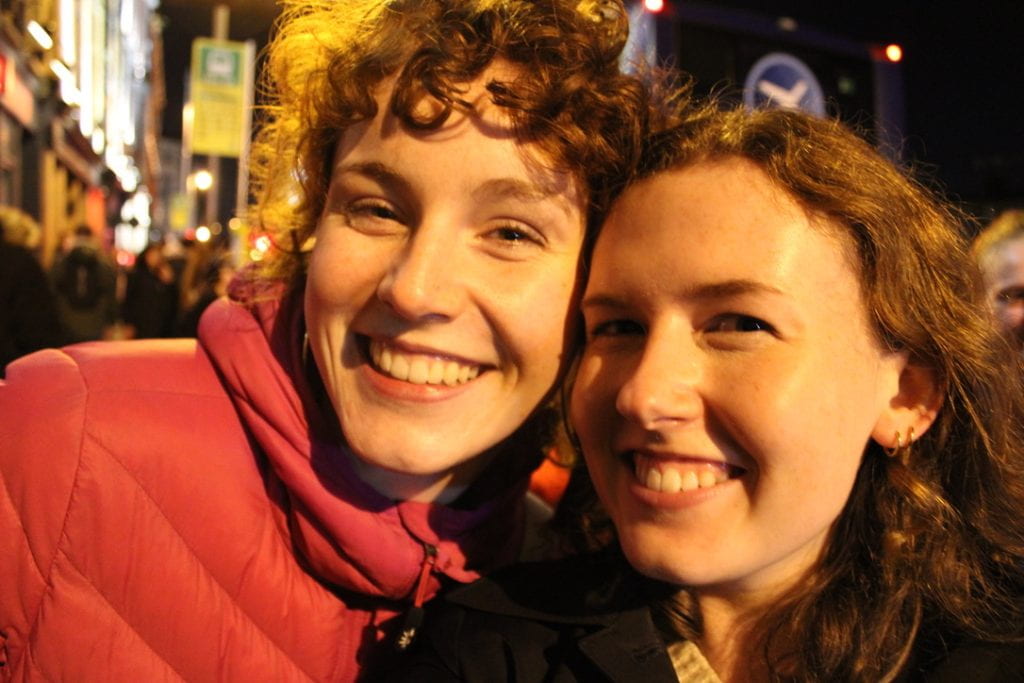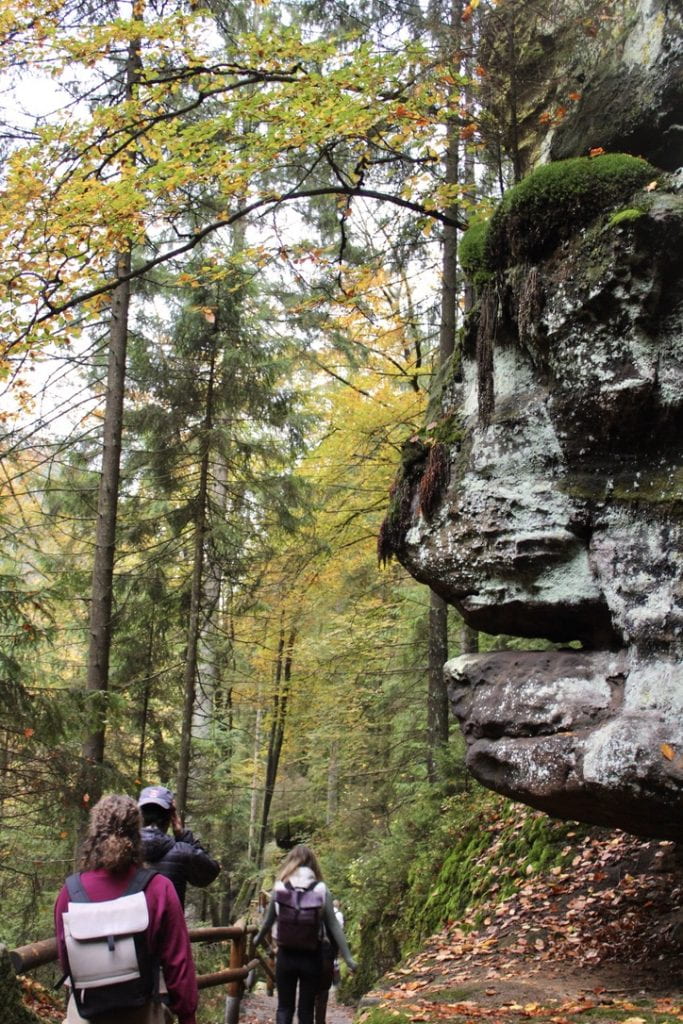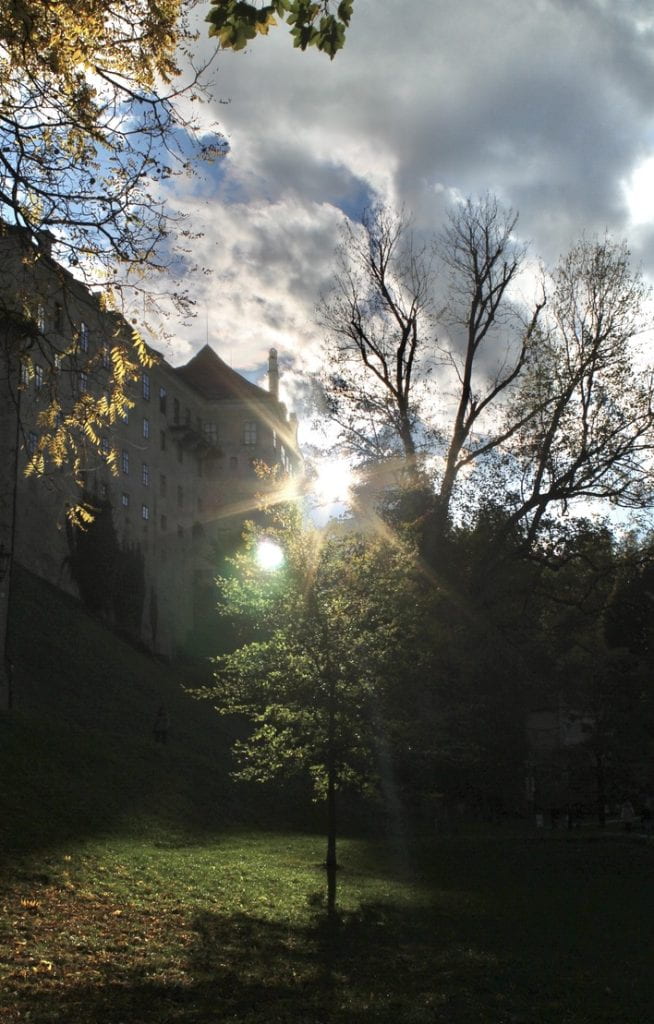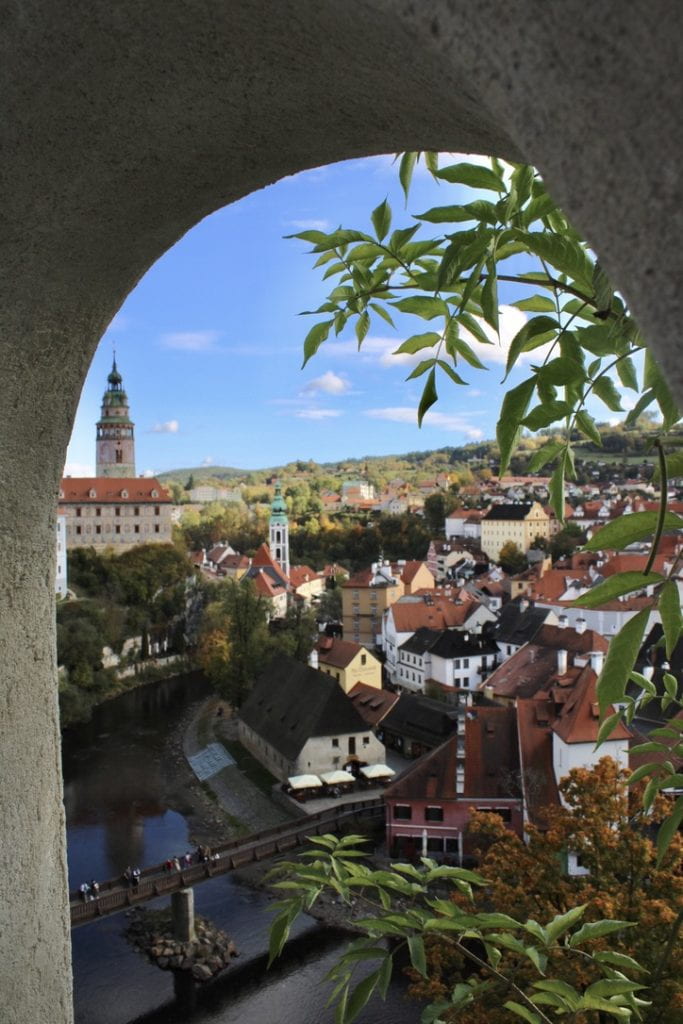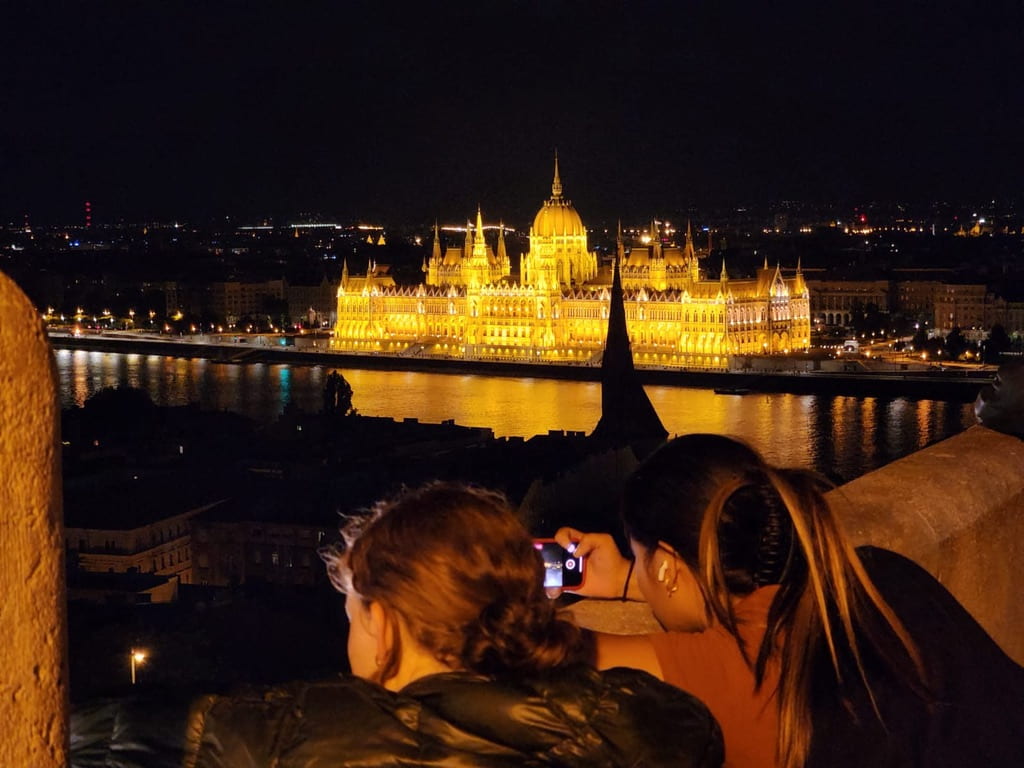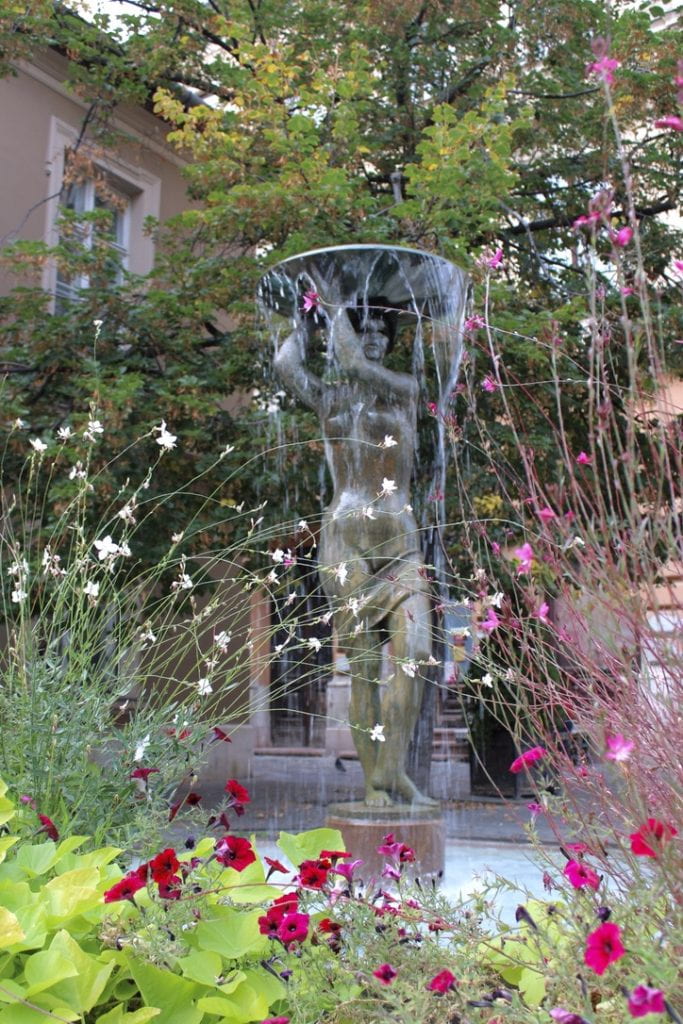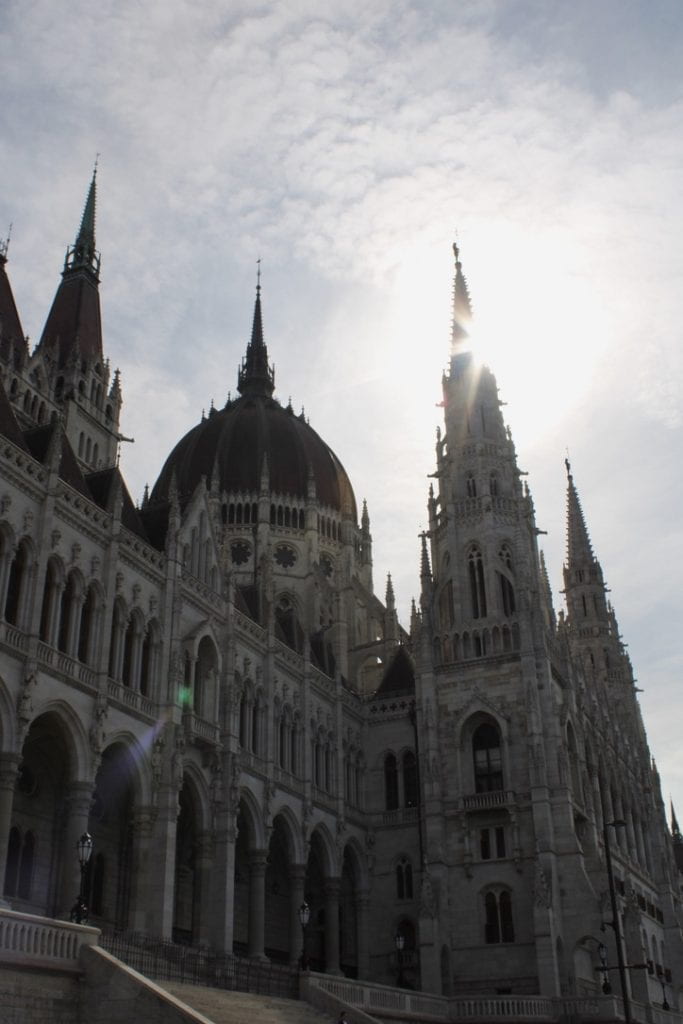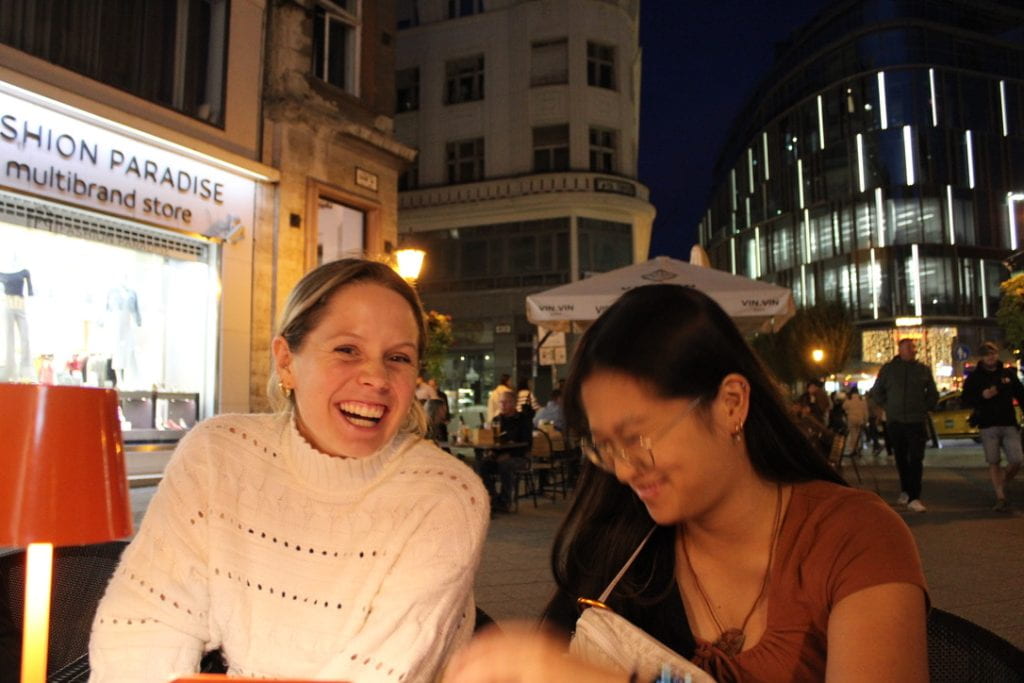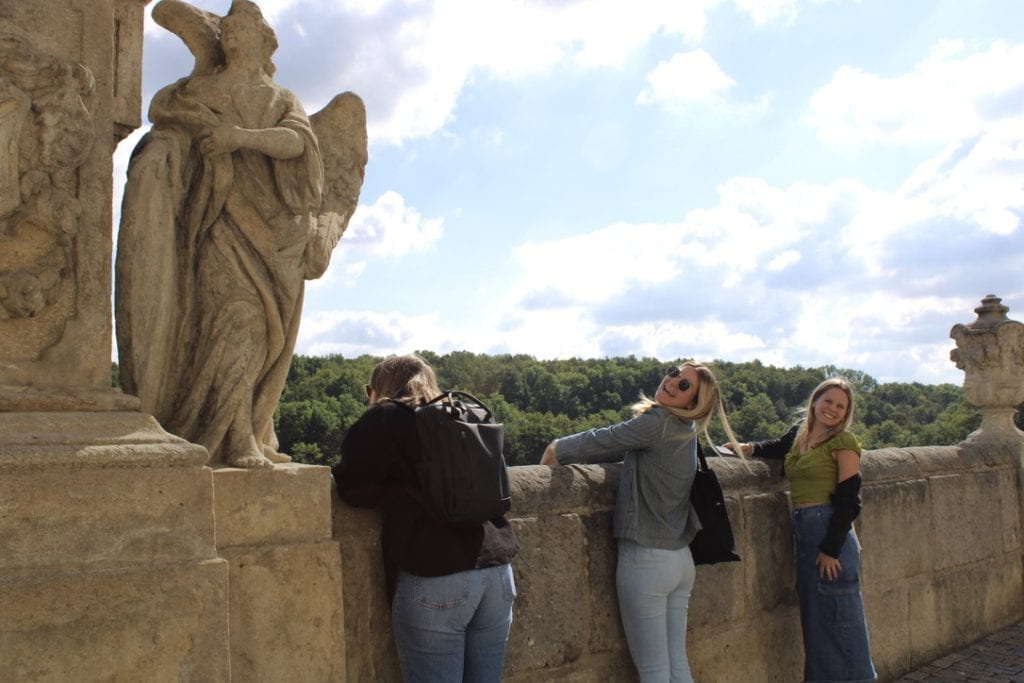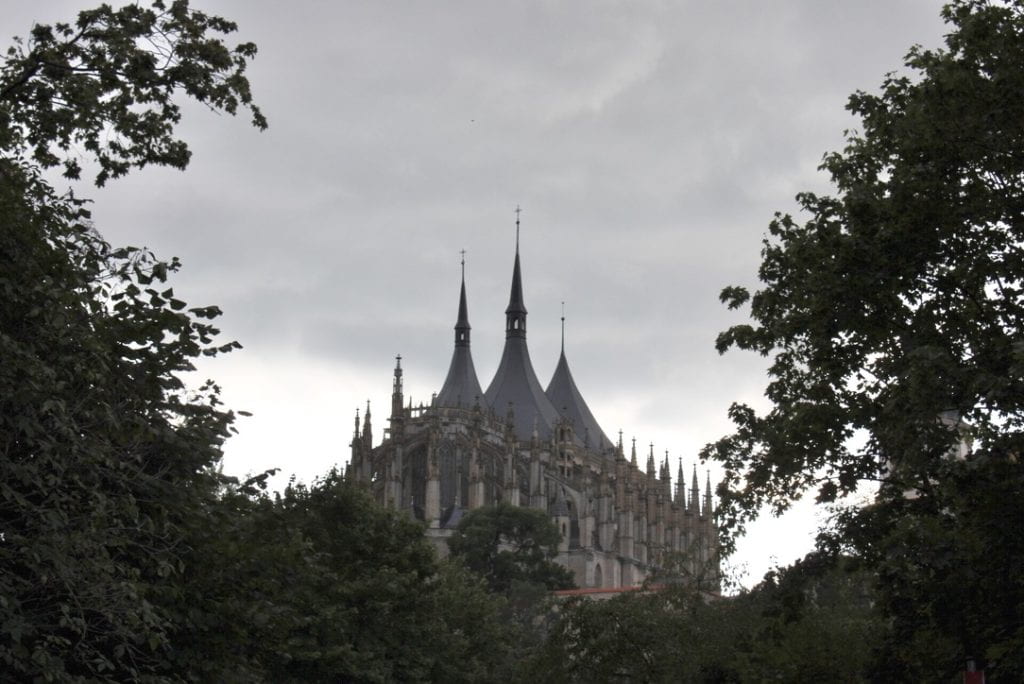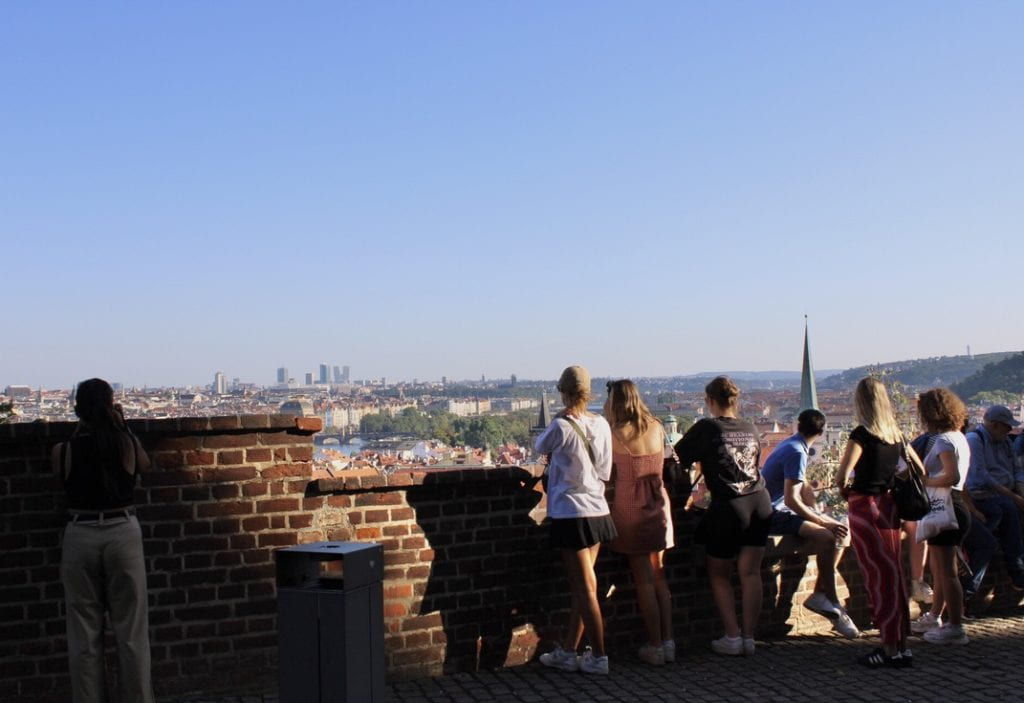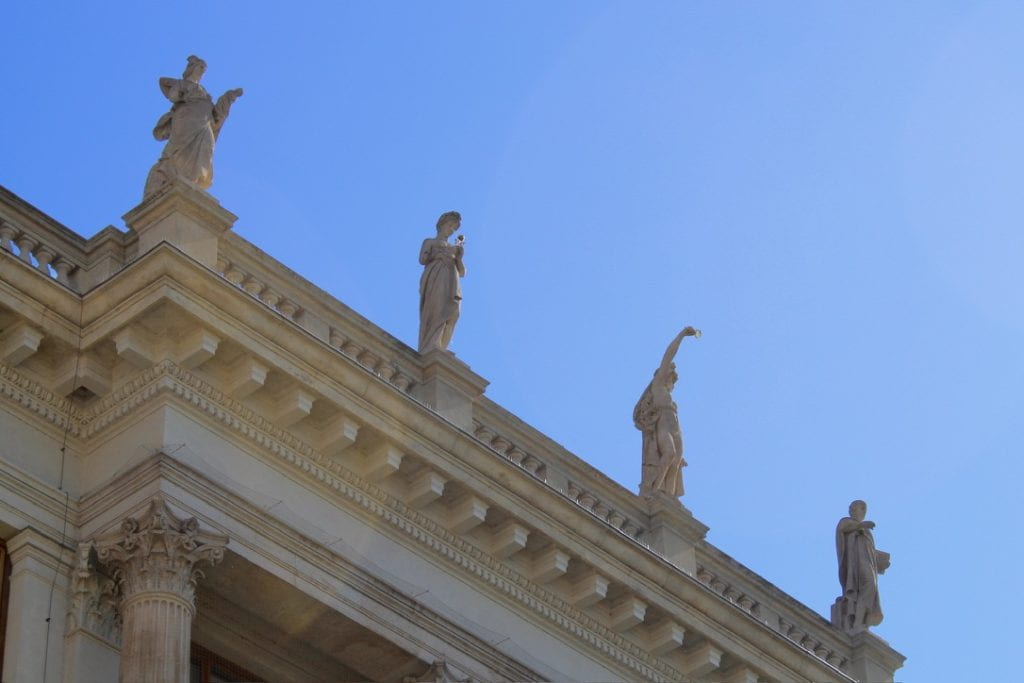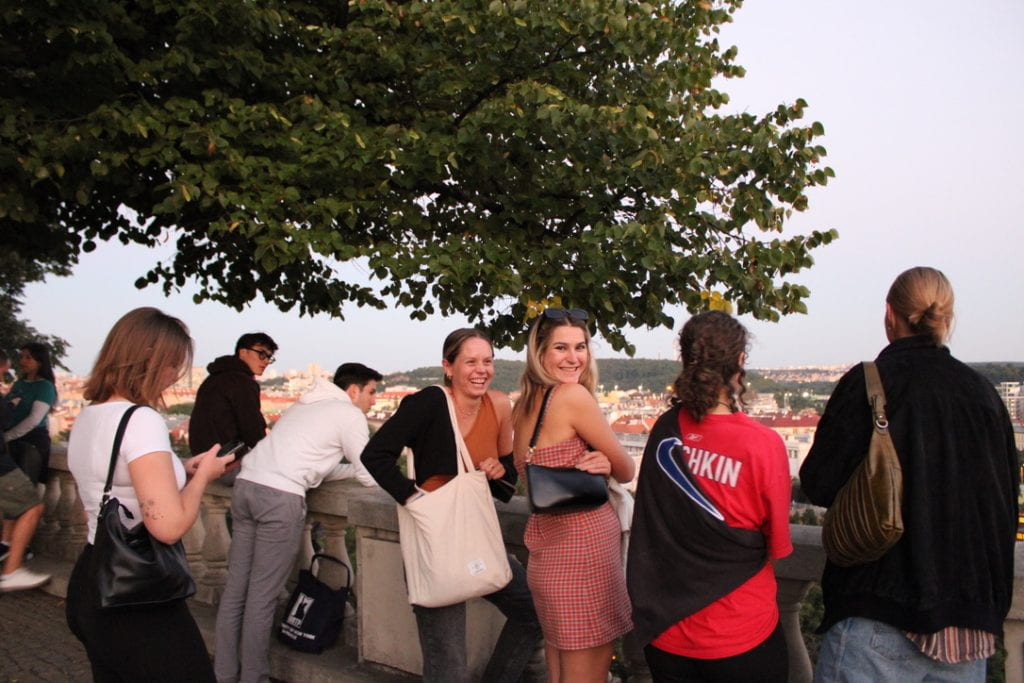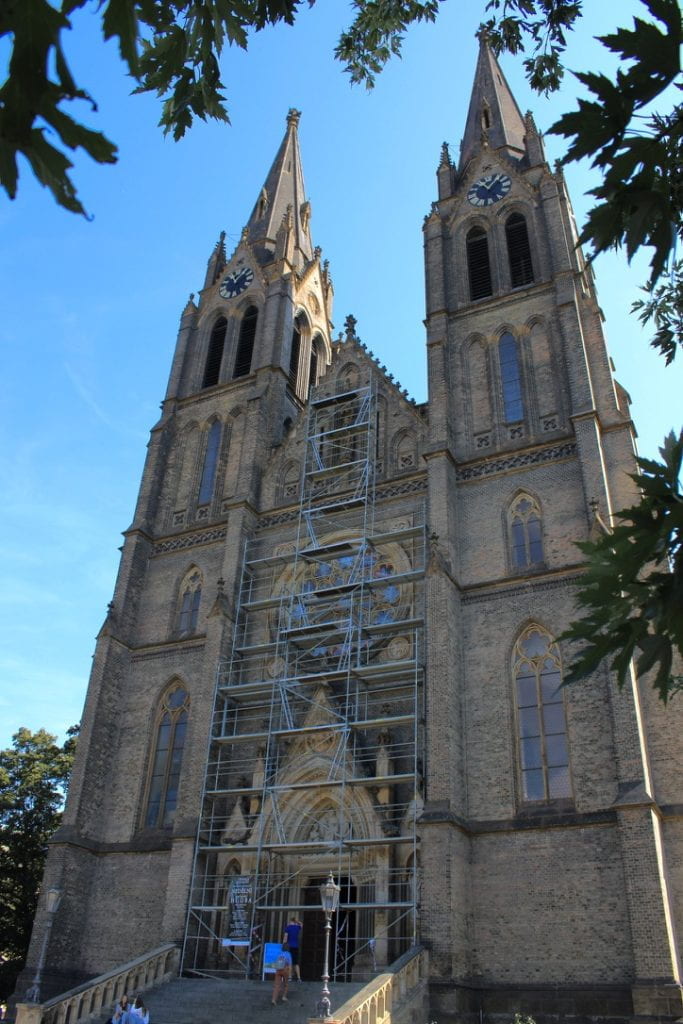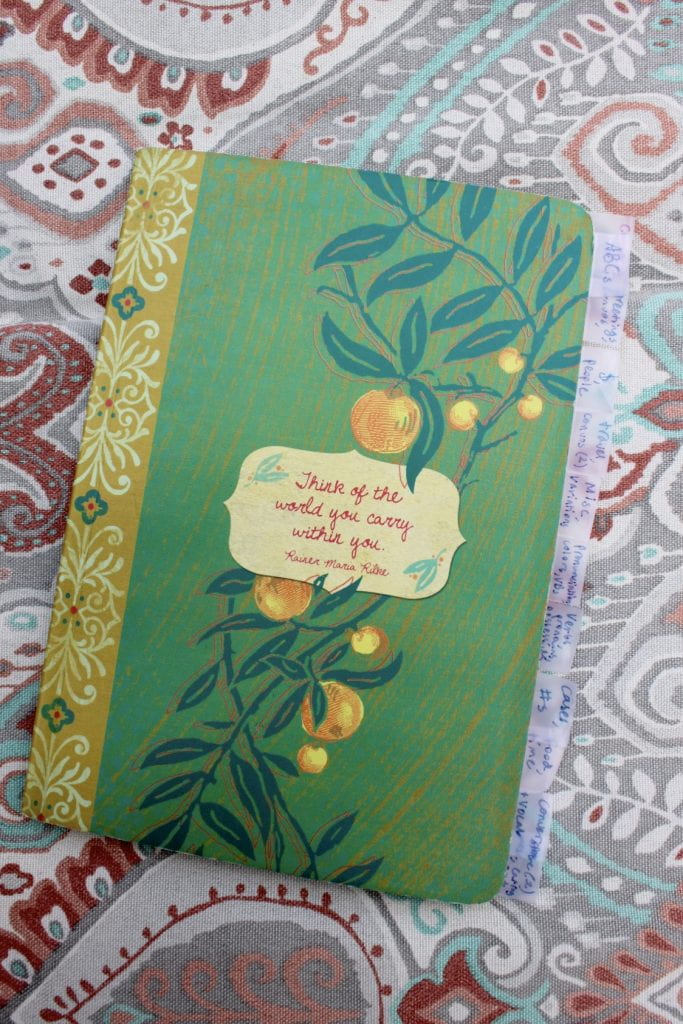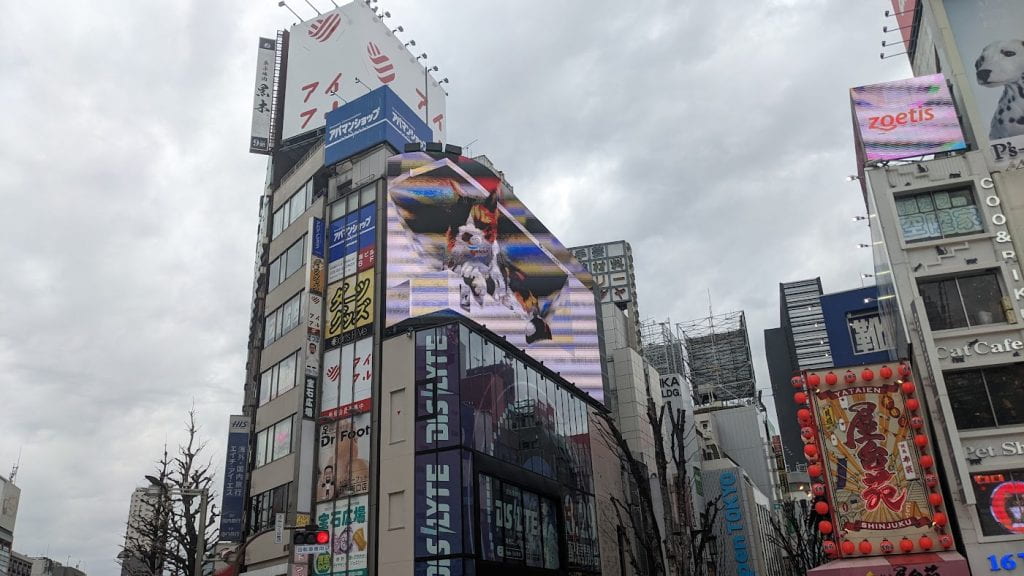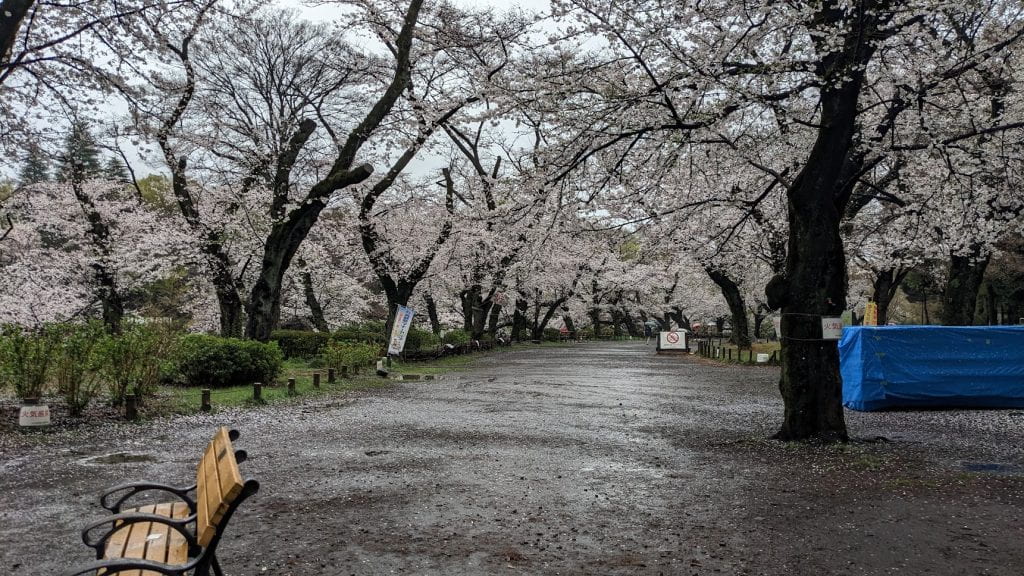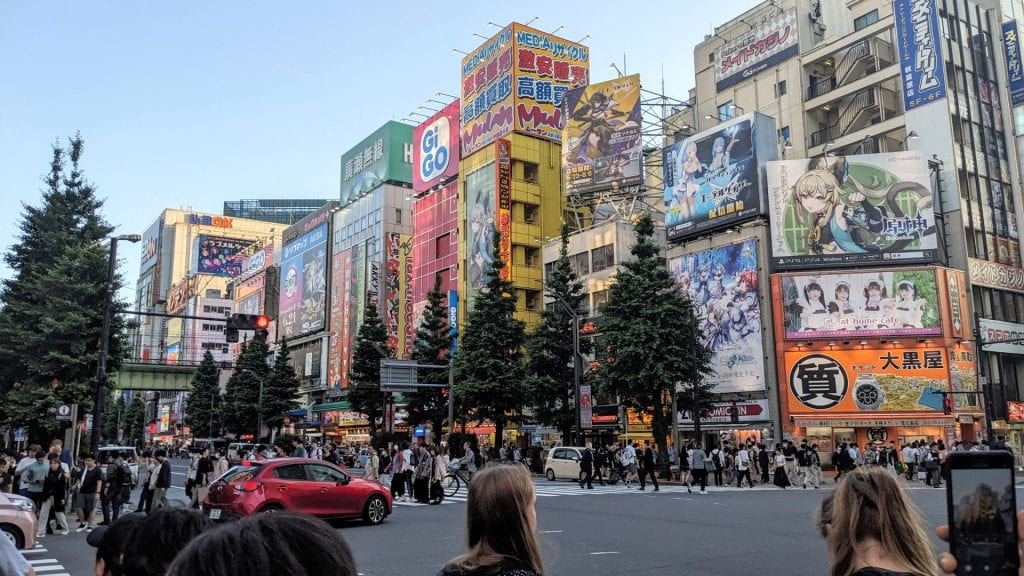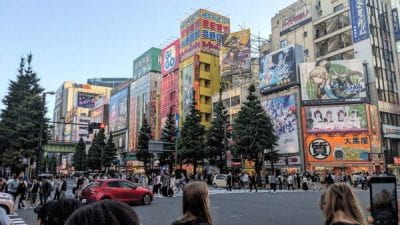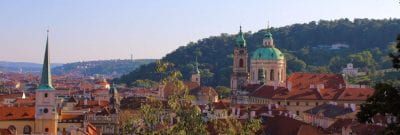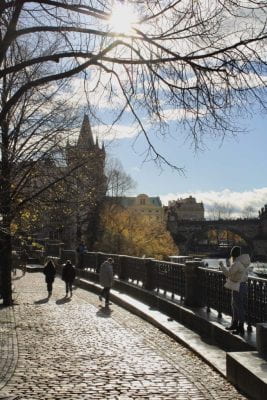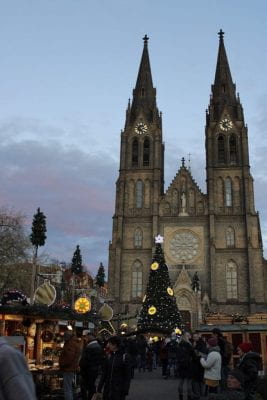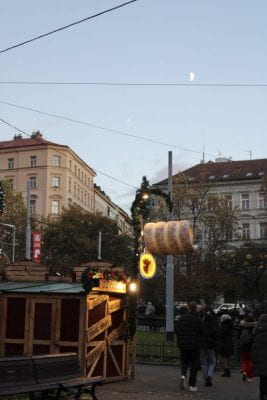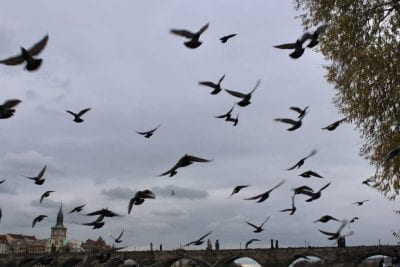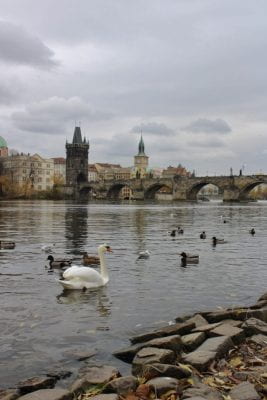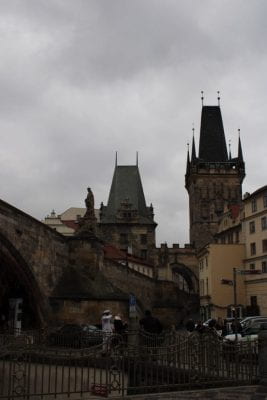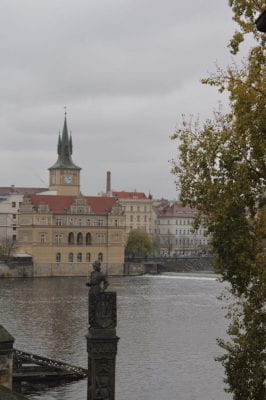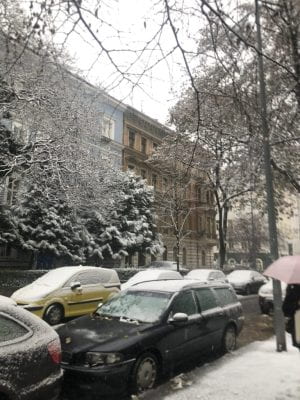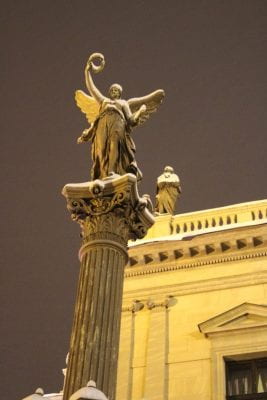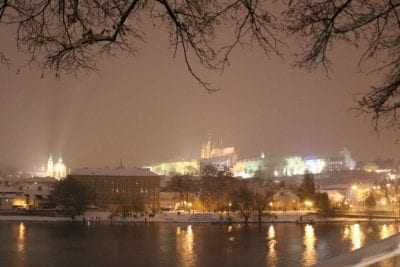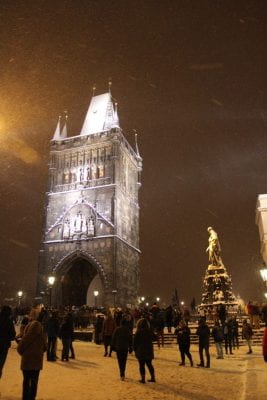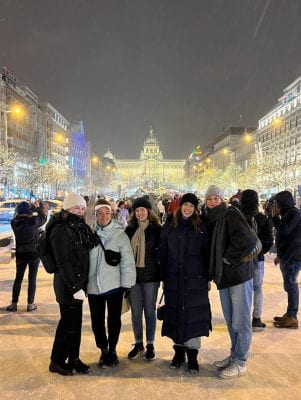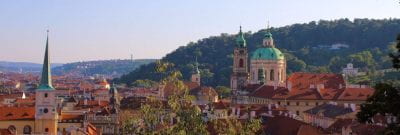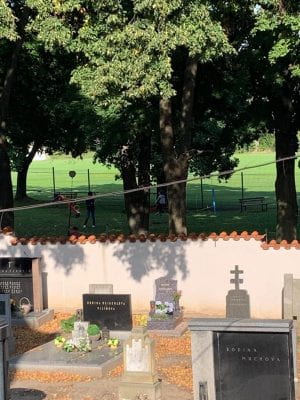Going on Trips while abroad?
By Jade Harding
January 28th, 2024
I’ve talked about how most of my time abroad was spent attending school. Luckily, though, my longer-term program also allowed students to stay in Japan during summer vacation! Like many others, I did my best to make good use of that time, and went on some trips. The best one was going to Kyoto, Osaka and Nara on the other side of the country for just under a week. I think Kyoto is pretty well known even abroad, as one of the largest tourist destinations in the country and a center of traditional architecture with beautiful shrines, temples, cherry trees and markets to explore.

Though, I found myself preferring Uji, a just slightly-less known destination right next to the main city of Kyoto known particularly for its green tea, but also housing a wealth of shrines and historic locations. As someone who likes to get slightly away from the more bustling areas, I loved Uji for having both the big attractions like the shopping street next to Byodo-in, and the quieter places like Kōshō-ji (pictured below) where I was able to explore away from the crowds.
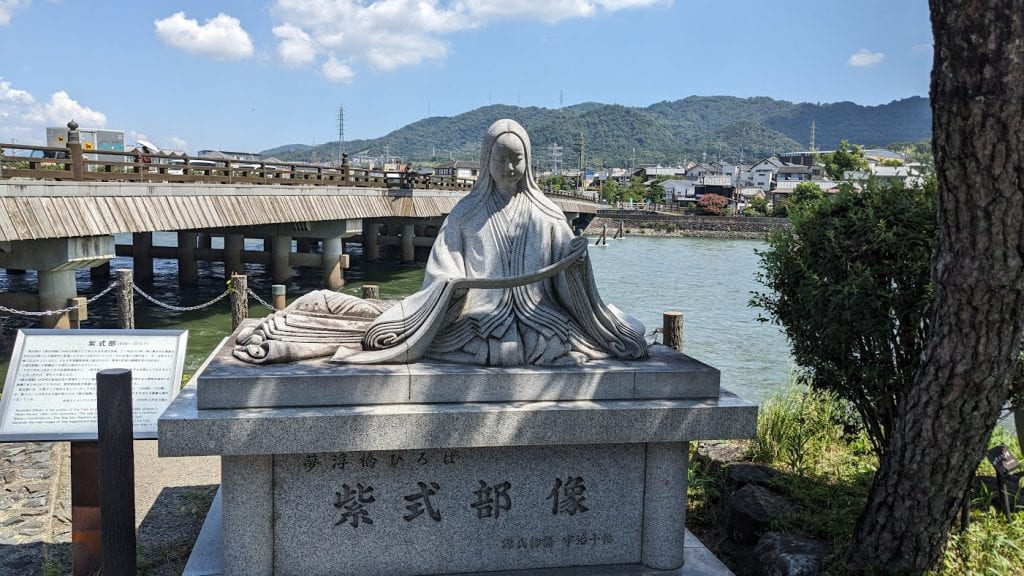
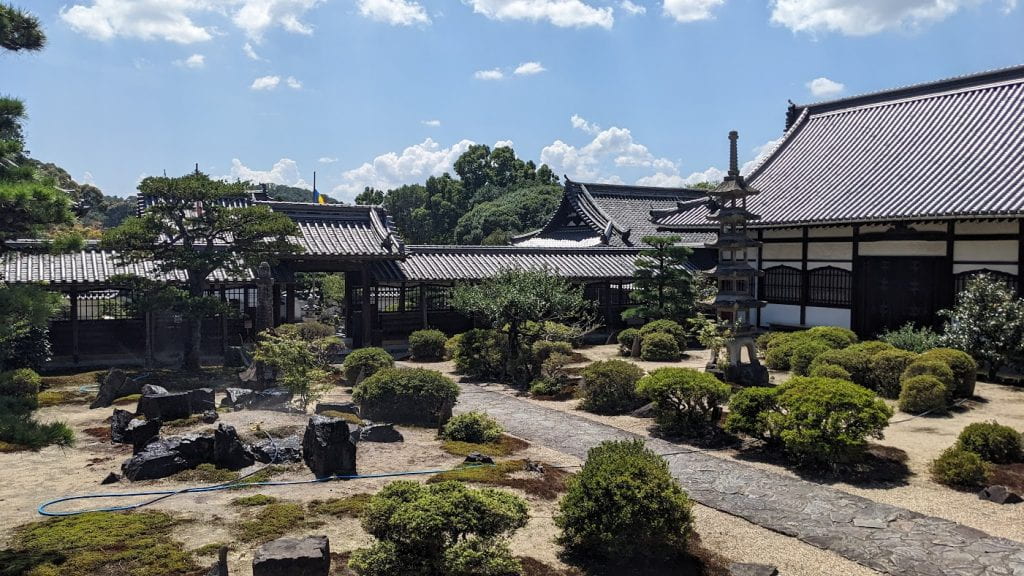

If anyone reading this is hoping to travel to the Kansai area and has interest in traditional architecture or matcha, I recommend adding Uji to your bucket list!
Packing and Prep — in Reverse
All things must pass, and getting ready to go home was tough in a different way than preparing to leave for Japan. A lot of people have a tougher time packing, due to unavoidable accumulation of Stuff—for Japan in particular, I noticed some folks with exceedingly large volumes of manga and/or crane-game stuffed animals. Unless you came with an empty bag or two, it’s highly probable that you will be leaving with more than you came with. Depending on your budget, it may even be worth planning on bringing an extra bag home, or packing fewer things in the first place that you’ll need to bring back. Having to pack away the items I’d accumulated over my trip was a good moment to look back, but also felt like a kind of closure signaling that the trip was really coming to an end. Depending on the items, it may also be good to post a box home; I sent one full of Japanese-language books, which cost a lot less to get there, even after shipping.
One other note, depending on your program length, it may be necessary to book your returning flight separately from your departing flight. That mainly applies to programs that are half a year or more. It also depends on the specifics of the programs, such as whether you have to arrange airplane tickets in the first place. There could also be some variability in when students return home; in the case of my program you were allowed to stay until the dorm rooms had to be cleared out for the next batch of students, but could leave any time after the semester ended depending on your own circumstances. In my case, I was able to book my departure and return flights together due to knowing the start and end dates well in advance, and therefore took the exact same route in reverse on my way home, after staying at the dorm for as long as I could.
So, I packed my bags, closed my temporary bank account, said my goodbyes, and after half a year took the train back to Narita for the day-long journey home.
Being Home Again
Coming back home has been wonderful. Of course it is just nice to be home, but I also feel a greater appreciation for how different it feels to live here. Climate is one area where home definitely wins, and I was immediately happy to be free of Japan’s sweltering, simmering, stifling summer. However, I can’t help but look back and miss Tokyo. I tried my best to be appreciative of the opportunity I had and spend as much of my time as possible learning and having experiences that I could remember, and I was able to fit in more than I ever expected before leaving. But half a year is hardly enough time to take in the whole of Tokyo, much less an entire country. I hope to return in the not-too distant future if at all possible, both to see more of what Japan has to offer and revisit my favorite places once again.
To borrow the words from a presentation I heard before leaving, expect not to shut up about your time abroad.
What do you miss?
A couple of things I’ve missed since getting home,
Food!
Japanese food is wonderful, and I got used to eating it every day. But sadly, it’s much less common where I live in America, and this was a transition I felt sharply on my return. I hardly craved American food while in Japan, though there were some exceptions (see: maple bars, baked beans). But upon getting home, I wanted nothing more than some miso soup. Since getting back I have been making frequent trips to Asian markets to gather ingredients and learn how to make my favorite dishes. This has been easier than I expected. There are many ingredients like Shiso and various mushrooms common in Japan that are difficult to find, especially fresh. However, I have been able to work around that and slowly introduce those close to me to real Japanese food, from curry to tonkatsu, soba, ramen, croquettes and more. Food is a wonderful thing to bring back, a great way to experience Japan again from home, and a lot of fun!
Using Japanese
A tough thing from coming back from a country that speaks a different language, and getting used to using that language daily, is that inevitably you will have less opportunity to use it. This is difficult if you, like me, want to continue to learn and grow your usage of that language. So, since getting back I have had to continue to be proactive about finding opportunities to use Japanese, as well as returning to my self study, which I mostly abandoned while being surrounded by it and taking actual courses. This is an area that depends on your goals, but I would generally advise finding ways to keep consistently engaging with the language, even if it doesn’t involve speaking. The best way to hold vocabulary in your mind is to hear it every now and then!
And that is the end of my journey. I hope that through my posts here I was able to clear up some expectations about what it is actually like to go abroad, or just convey my own experiences to anyone looking into following a similar path. Thank you to anyone who read along, and well wishes to those who go abroad!
